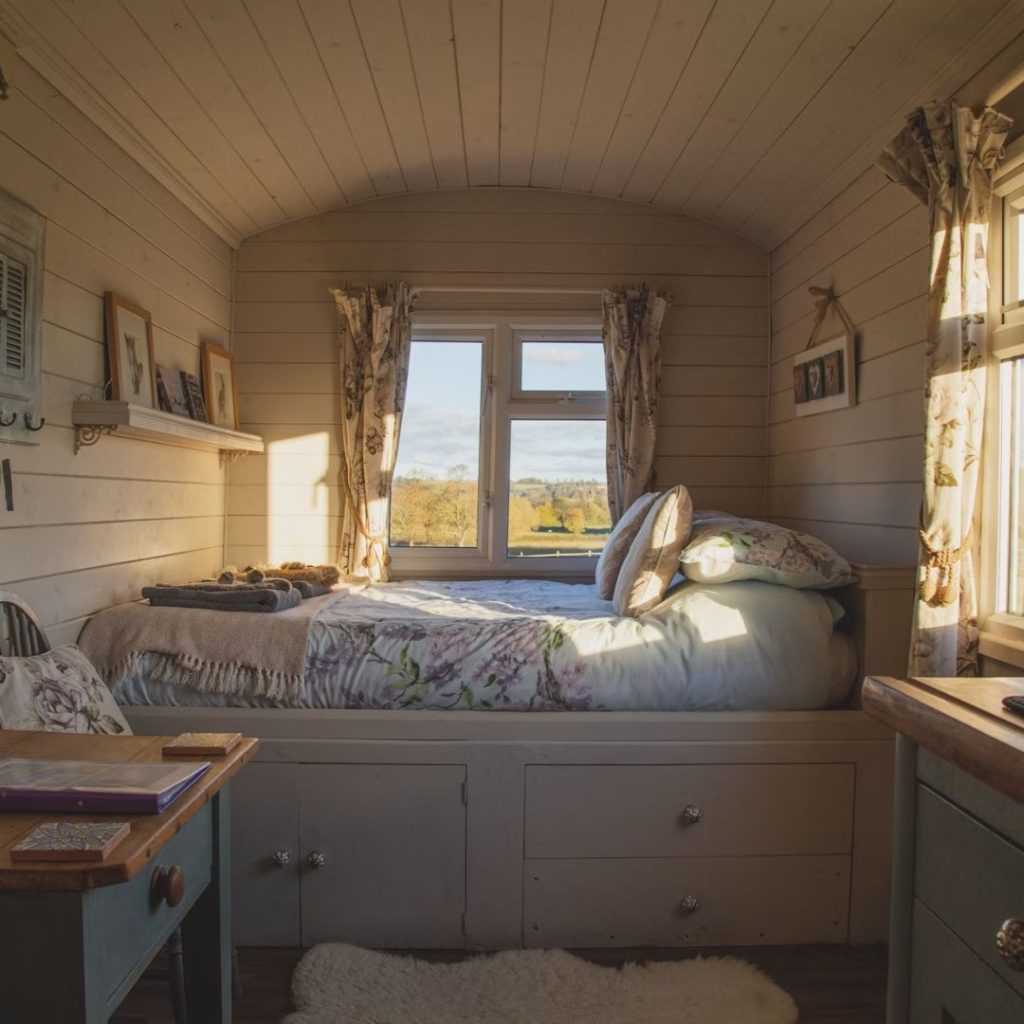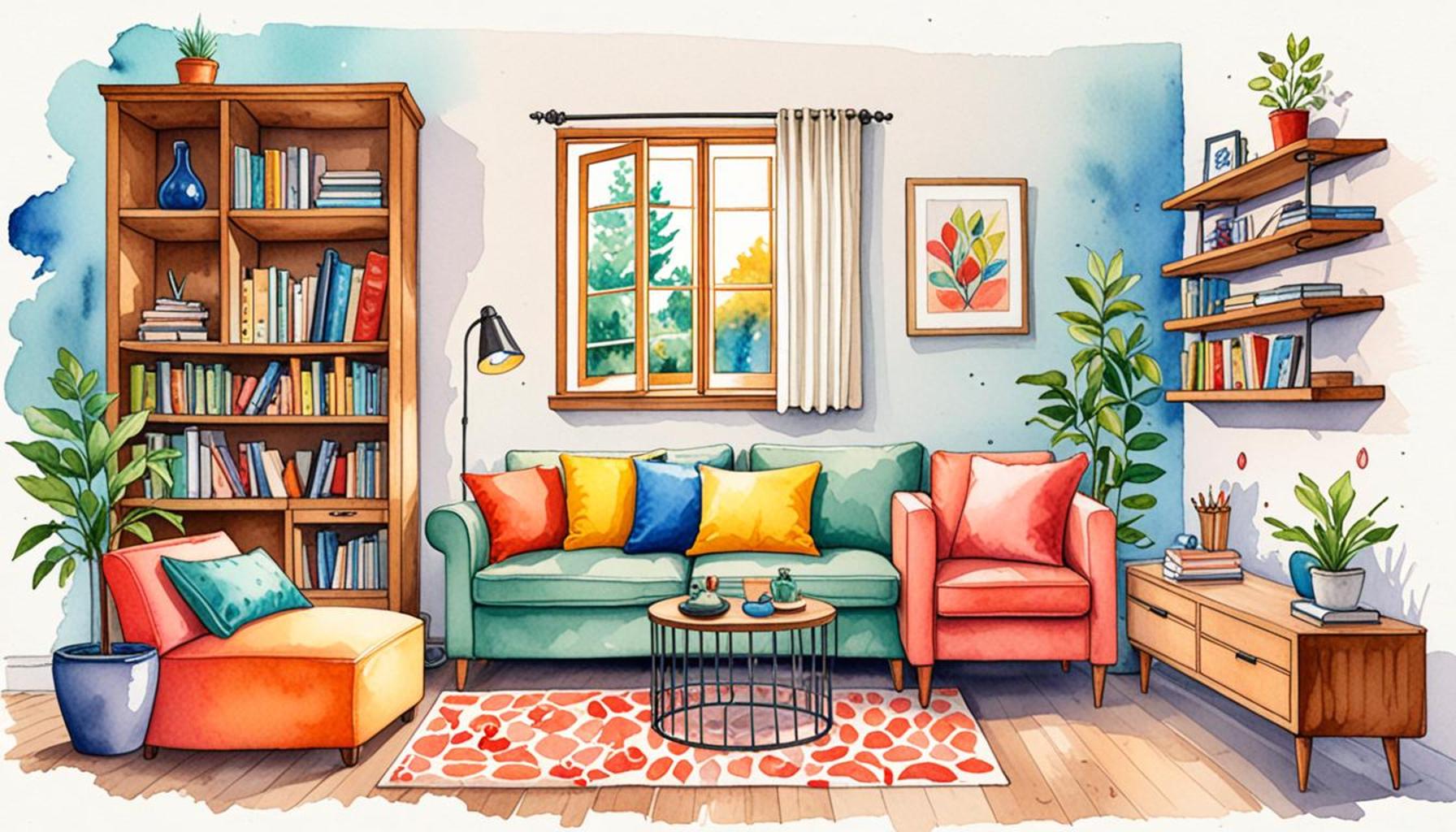How to Use Lightweight Partitions to Optimize Spaces Effectively

Understanding Lightweight Partitions
In an era where real estate is increasingly at a premium, particularly in bustling metropolitan areas of the United States, the demand for innovative space solutions is on the rise. Lightweight partitions have emerged as a popular choice for both residential and commercial environments, presenting a flexible approach to space management that is both functional and aesthetically pleasing.
Lightweight partitions are essentially movable walls that can be easily installed or relocated as needs change. They serve as an excellent alternative to traditional drywall, which can be labor-intensive and time-consuming to construct. The implementation of these partitions not only enhances spatial efficiency but also contributes to a more dynamic and open atmosphere. Consider an office environment, where teams might benefit from collaborative spaces one day and require privacy the next. Lightweight partitions allow for a seamless transition between these needs without the disruption of a full renovation.
The Benefits of Lightweight Partitions
Several key advantages make lightweight partitions appealing to a wide range of users:
- Easy Installation: Many lightweight partition systems feature modular designs, which means they can be quickly assembled and disassembled. This ease of installation translates to significant labor savings, making them an attractive option for businesses looking to minimize disruption during set-up or reconfiguration.
- Versatile Design: Available in an array of materials—including wood, fabric, glass, and metal—these partitions can be tailored to fit any aesthetic. For instance, a trendy urban café could benefit from colorful fabric partitions to divide seating areas, while a corporate office might opt for sleek glass panels to maintain an open feel while providing privacy.
- Cost-Effective: Compared to the budget implications of traditional wall installation, lightweight partitions present a financially savvy solution. They can also reduce the overall energy costs associated with large space heating or cooling, as they allow for more efficient climate control by creating smaller, more manageable rooms.
Applications Across Industries
The versatility of lightweight partitions extends far beyond merely segmenting rooms. In retail settings, for example, they can be employed to create unique product displays, allowing brands to shape customer experiences without the permanence of fixed walls. Similarly, in educational institutions, lightweight partitions can be used to create flexible classroom spaces that can easily adapt to different teaching methods or group sizes.
As society shifts towards more adaptable living and working conditions, understanding the optimal use of lightweight partitions becomes imperative. Whether for a bustling restaurant wanting to maximize seating or a startup seeking to embody a modern, collaborative workspace, the ability to modify the environment with ease is a game changer.

This article serves as a comprehensive guide to exploring practical tips and strategies for harnessing the full potential of lightweight partitions. From selecting the right material to envisioning diverse layouts, you’ll gain valuable insights on transforming any area into a functional, inviting space that meets the evolving demands of modern life.
CHECK OUT: Click here to explore more
Choosing the Right Lightweight Partition for Your Space
When it comes to optimizing spaces effectively with lightweight partitions, the first step is selecting the right type of partition that aligns with your specific needs. The proliferation of options on the market can be overwhelming, but understanding the various materials and designs available can help streamline your decision-making process.
Material selection plays a crucial role in the functionality and aesthetic appeal of the partition. Key materials include:
- Fabric: Lightweight fabric panels can create a cozy atmosphere, perfect for cafes or creative spaces. They come in various colors and patterns, allowing for easy customization to match existing decor.
- Glass: Ideal for modern office settings, glass partitions provide privacy while maintaining an open, airy environment. They are particularly effective in spaces where natural light is a priority, reinforcing collaboration and creativity.
- Wood: Wooden partitions offer a warm and classic feel. They can be used in restaurants or boutique stores to create an inviting ambiance while simultaneously separating areas effectively.
- Metal: For industrial or sleek environments, metal partitions can enhance a space’s contemporary appeal. They are durable and often lightweight, making them suitable for high-traffic areas.
In addition to material consideration, design versatility cannot be overlooked. Modular designs enable businesses and individuals to create dynamic layouts that react to changing needs. For example, an educational institution can implement movable walls that subdivide a large multipurpose room into smaller classrooms, enhancing the ability to adapt to different learning styles and group activities.
Once a suitable material is chosen, the next step is to consider the layout of the space. Strategic placement of lightweight partitions not only enhances aesthetic appeal but also influences how people interact within the space. Here are some practical tips for optimizing your layout:
- Define Zones: Use partitions to create distinct areas for various activities. In a co-working space, for example, quiet zones can be set apart from collaborative hubs, improving focus and productivity.
- Encourage Flow: Ensure that partitions don’t obstruct movement. Open pathways promote ease of navigation and maintain a sense of openness, encouraging engagement among occupants.
- Integrate Technology: Design your layout with technology in mind. Consider incorporating power sources and charging stations within your lightweight partitions to ensure convenience for users while avoiding clutter.
As you explore the various ways to utilize lightweight partitions, remember that the ultimate goal is to create a harmonious environment that enhances functionality while also expressing your unique style. It is essential to regularly reassess the layout as needs evolve, ensuring that the partitioning solutions remain effective over time.
By choosing the appropriate materials, adopting flexible designs, and thoughtfully organizing your space, lightweight partitions can dramatically transform how environments are used, thereby leading to more effective space optimization.
How to Use Lightweight Partitions to Optimize Spaces Effectively
When considering spatial design, the importance of lightweight partitions cannot be overstated. These versatile solutions not only enhance aesthetics but also provide practical benefits for optimizing spaces. Below, we dive into the advantages of implementing lightweight partitions in various settings.
| Category | Description |
|---|---|
| Flexibility | Lightweight partitions can be easily moved and reconfigured, allowing spaces to adapt to changing needs. |
| Cost-Effectiveness | These partitions minimize renovation costs as they require less labor and time to install compared to traditional walls. |
| Aesthetic Appeal | They come in various styles and finishes, enhancing the overall look of a space while maintaining an open feel. |
| Acoustic Benefits | Certain lightweight partition designs can improve sound insulation, creating quieter environments. |
Incorporating lightweight partitions into your space optimization strategy not only improves functionality but can also significantly boost the overall aesthetic appeal, making these solutions a wise choice for both residential and commercial environments. Explore more about how these partitions can transform your spaces effectively.
CHECK OUT: Click here to explore more
Maximizing Functionality with Innovative Partition Solutions
Beyond selecting the right materials and layout, there is an entire realm of potential applications for lightweight partitions that can further optimize your spaces effectively. Embracing innovative partition solutions can elevate the user experience and significantly extend the functionality of any environment.
Multi-Functional Spaces can be created with strategically designed partitions that serve dual purposes. For instance, partitions equipped with built-in storage units can not only define areas but also help in decluttering by providing essential storage without taking up extra room. Adopting such designs is particularly useful in smaller homes and urban apartments, where every square inch matters.
Moreover, lightweight partitions can function as branding elements in commercial settings. Businesses can use custom-printed fabric panels or glass partitions etched with logos and messages to create a brand-centric atmosphere. For retail environments, this not only provides effective space division but also engages customers by reinforcing the brand identity in a visually striking manner.
Another key aspect to delve into is the acoustic performance of lightweight partitions. With more people working from home or in open-office environments, noise reduction has become a priority. Utilizing sound-absorbing materials such as special acoustic panels within the partition design can create a quieter space conducive to concentration. Industries such as education and healthcare particularly benefit from acoustic solutions, ensuring optimal communication and privacy.
Furthermore, in the realm of sustainability, many lightweight partitions are designed with eco-friendly materials. Using reclaimed wood, recycled metal, or biodegradable fabrics not only enhances the aesthetic appeal but also contributes to environmentally responsible practices. For example, utilizing partitions that are both lightweight and made from sustainable materials can reduce the overall carbon footprint of your space while staying compliant with green building standards.
Another innovative approach is the use of smart technology integrated into lightweight partitions. Features such as built-in screens for presentations or ambient lighting controlled by mobile apps can transform a simple partition into a high-tech solution tailored to various activities. This is particularly useful in corporate settings where the rapid evolution of technology necessitates adaptable workspaces.
Finally, it’s important to consider the potential for temporary installations. Lightweight partitions can be set up and dismantled with ease, making them perfect for events, exhibitions, or seasonal displays. This flexibility means that organizers can create instant environments that resonate with their target audience. For instance, trade shows often leverage portable partitions to carve out unique brand experiences without lengthy setup times.
As a practical application, many forward-thinking companies are beginning to implement these strategies. Take, for example, tech firms that utilize movable walls to shift workflows from collaborative projects to focused tasks seamlessly. Similarly, hospitality venues have effectively used lightweight partitions to redefine seating experiences, improving both usability and ambiance.
The versatility of lightweight partitions enables them to adapt to a multitude of needs and contexts, making them an essential tool for those looking to optimize spaces effectively. By creatively exploring unique features and approaches, you can unlock the full potential of your environments, ensuring they serve a broader range of functions while remaining aesthetically pleasing.
CHECK OUT: Click here to explore more
Conclusion: Unlocking the Potential of Lightweight Partitions
In today’s dynamic environment, the need for effective space optimization has never been more critical. Embracing lightweight partitions offers a multitude of solutions that can dramatically enhance functionality, aesthetics, and adaptability in various settings. By focusing on multi-functional designs, businesses and individuals can create spaces that not only redefine utility but also elevate the user experience. From innovative acoustic treatments that foster concentration in bustling workplaces to sustainable materials that align with eco-friendly initiatives, the impact of these partitions is both profound and far-reaching.
Moreover, the integration of smart technology into lightweight partitions paves the way for a new era of transformational spaces that adeptly respond to diverse needs. Whether you are reimagining a small apartment or creating an engaging retail environment, these partitions serve as a catalyst for greater creativity and efficiency. The ease of temporary installations also allows for flexibility, making them ideal for ever-changing contexts like events and exhibitions.
As we move forward, businesses and homeowners alike should explore the full spectrum of lightweight partition applications. By harnessing their versatility, it’s possible to not only optimize spaces effectively but also foster a more dynamic and interactive environment that meets the demands of modern living. Dive deeper into the many applications of lightweight partitions, and discover how they can revolutionize your space in ways you never thought possible.


